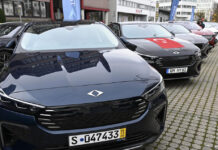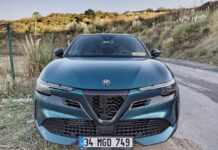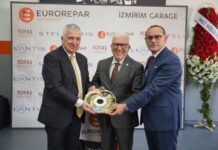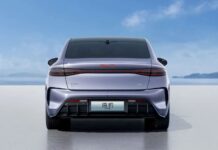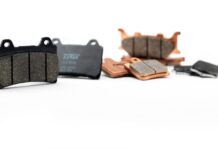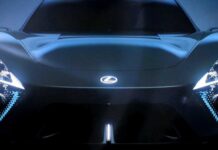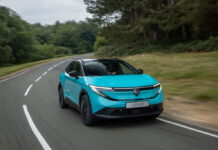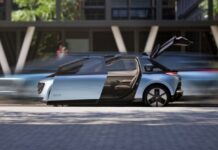OMODA&JAECOO’s International User Summit took place in parent company Chery International’s home city of Wuhu, Anhui Province, China. Its flagship event, the International Technology Night, showcased the brand’s latest breakthroughs in hybrid technology, intelligent mobility, and user-led innovation.
Held under the theme “Co-Create, Co-Define”, the summit marked a significant milestone for China’s fastest-growing automotive brand, which continues to push the boundaries of performance and efficiency. The event brought together users, media, and industry leaders from around the world to explore how technology and user experience are becoming more deeply intertwined.
At the heart of the showcase was OMODA&JAECOO’s latest-generation, cutting-edge plug-in hybrid platform with fast charging, an evolution of the globally recognised Super Hybrid System (SHS). This powertrain combines advanced engine design, intelligent combustion, and energy-efficient systems to deliver strong performance with low fuel consumption.
Key highlights include:
-
A next-generation 1.5-litre TDGI hybrid engine featuring Miller-cycle technology and an intelligent combustion system, achieving thermal efficiency of 44.5% – well above the industry norm
-
Urban fuel consumption as low as 47.8 mpg or 5.99L/100km, offering real-world efficiency without compromising on power or performance
-
A high-performance hybrid battery with enhanced safety features – heat and impact resistance, water protection, and rapid shutoff in case of collision – along with up to 90 km of pure electric driving range (depending on model and application) and 3.3 kW Vehicle-to-Load (V2L) output, ideal for outdoor and emergency power use
This combination enables super performance, ultra-low energy use, and long range, ensuring drivers are ready for both urban commutes and long-distance travel.
OMODA&JAECOO’s parent company, Chery International, also announced a breakthrough in engine thermal efficiency, unveiling its latest powerplant boasting an industry-first, 48% thermal efficiency. By comparison, conventional engines average between 38% and 45%, with each incremental improvement posing major engineering challenges to be overcome.
This achievement was made possible through a series of innovations, including:
-
A 26:1 ultra-high expansion ratio
-
Advanced hyperbolic triple-linkage crank mechanisms
-
A 35% EGR rate (Exhaust Gas Recirculation)
-
High-efficiency thermal insulation coatings

























